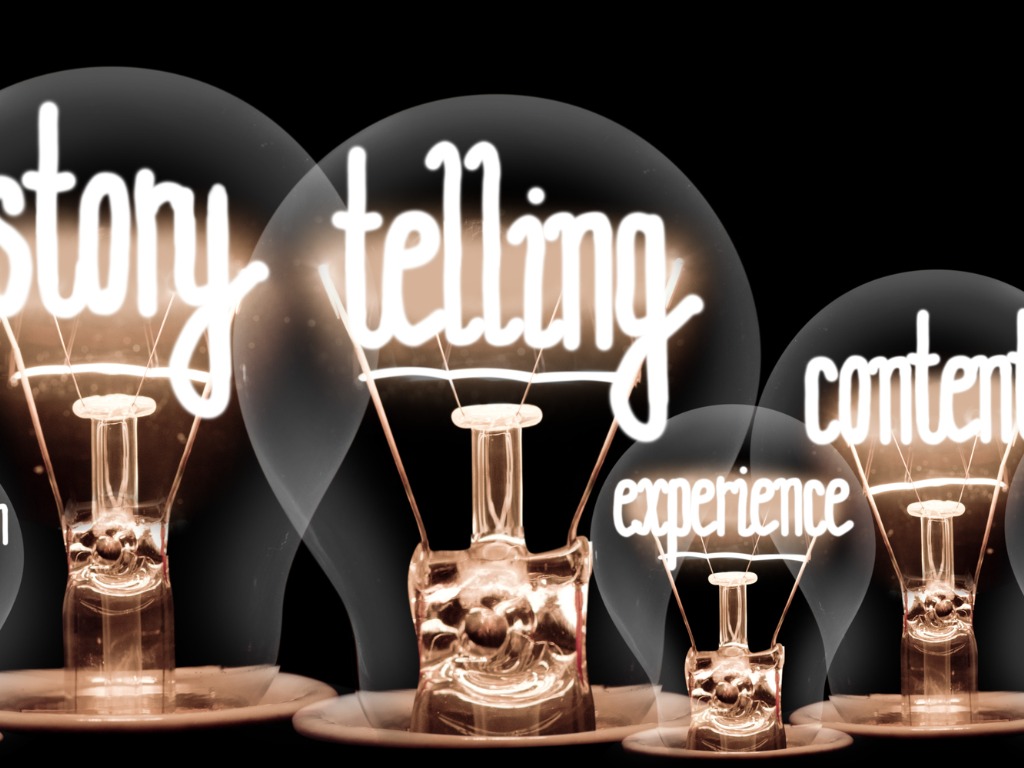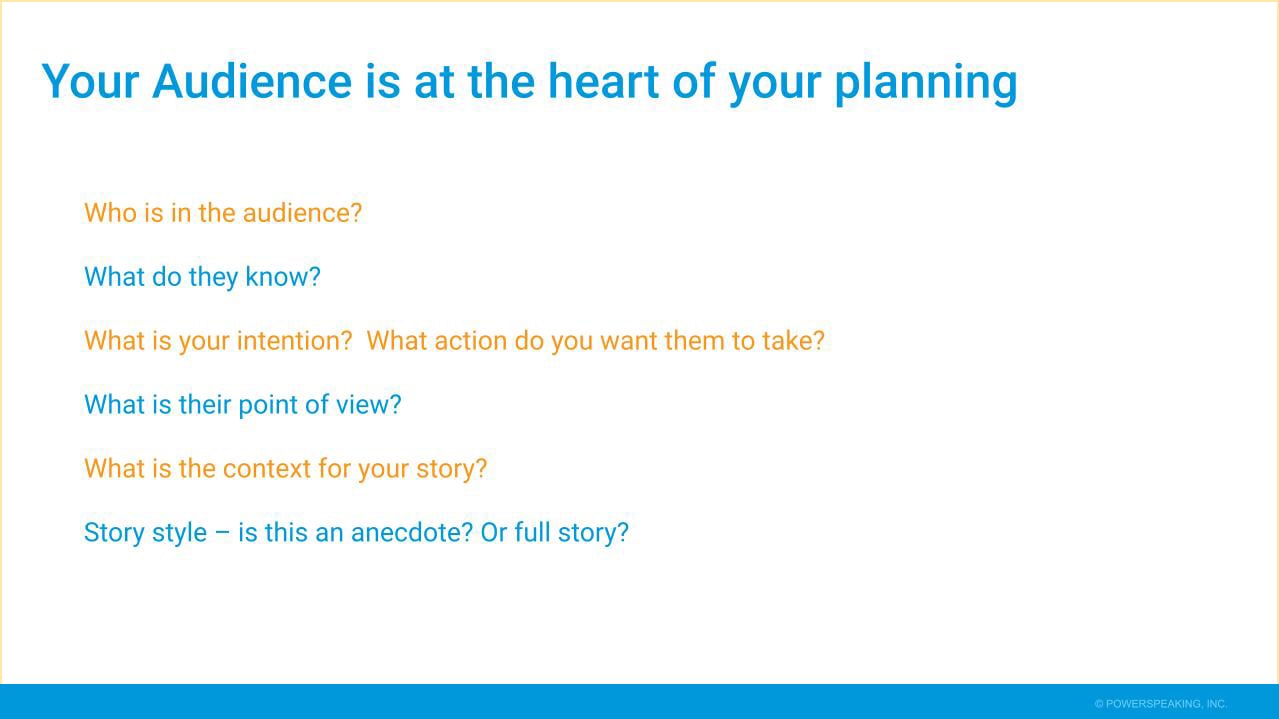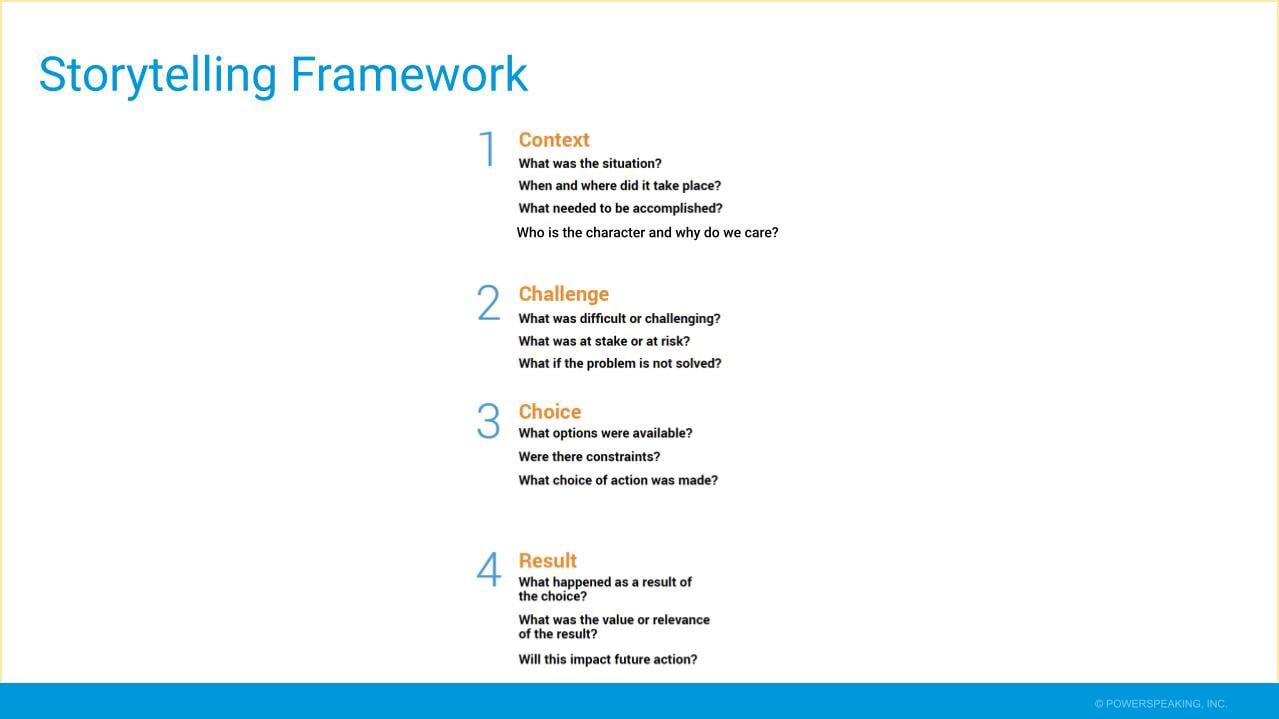
One of my favourite tales from the work world illustrates what great storytelling does best: engage people and inspire them to meaningful action.
In 2015, outdoor clothing and equipment giant REI wanted to do something different with their advertising in the weeks leading up to Black Friday, the day after Thanksgiving, which officially starts the holiday shopping madness in the U.S.
After entertaining a number of quirky ideas for ad campaigns—like perching Santa Claus on a mountaintop—they decided instead to do something positively disruptive that reflected their deepest values as a company.
REI chose to close all of their stores on the biggest shopping day of the year, give all 12,000 employees a paid day off, and encourage America to “#OptOutside” with family and friends instead of participating in the usual consumer craziness. They even offered ideas for outdoor activities and asked people to send photos and accounts of what they did to #OptOutside. The heartfelt campaign that aligned with REI’s soul as a business was a massive hit, has become an annual event ever since, and has inspired people worldwide.
The #OptOutside story has been told and retold in the media countless times, and among its many followers. Why? Because the story tapped into people’s emotions and, as I said at the outset, engaged them and inspired meaningful action.
As a matter of fact, it turns out that science has proved we humans are hard-wired to respond to inspiring stories—much more than to data alone ...
Our Brain Cells Love Stories
In her book “Influence: What it Really Means and How to Make it Work for You,” Jenny Nabben, a master practitioner in neuro-linguistic programming, points out that when we are presented with information, facts, and abstract concepts alone, just two main areas in our brains light up. (These are known as Broca’s and Wernicke’s areas, and they are responsible for processing and understanding language.)
But when information and facts are translated into a compelling story, multiple brain regions are engaged: the sensory areas that process texture and sensation, the motor cortex concerned with movement, the olfactory cortex for smell, the visual cortex for colour and shape, and the auditory cortex for sound.
In fact, listening to a well-told story activates the same parts of the brain that would light up if the events were occurring in reality.
And this is true for both storyteller and listener, a remarkable phenomenon known as “neurocoupling,” first described in 2010 by a group of neuroscientists at Princeton University led by psychologist Dr Uri Hasson. Using MRI machines, they monitored exactly what was going on inside the brains of people telling and listening to stories. They discovered that while a speaker was communicating to a listener, both of their brains showed very similar activity across widespread areas.
In effect, their brains lit up in many areas and were “in sync”; so that by simply telling a story, one person could effectively plant ideas, sensations, and emotions into someone else’s brain. Powerful stuff indeed!

So, a story activates your brain on many different levels, increasing the chances that you will be engaged, will remember what you heard, and be influenced by it.
Let’s take a look at the effects of good storytelling in a business setting ...
What Makes a Business Story Effective?
I love this quote from Liz Neeley, former executive director of The Story Collider, a nonprofit production company that has staged live events filled with stories about science ...
"We all know this delicious feeling of being swept into a story world…You forget about your surroundings, and you're entirely immersed."
I love Neeley’s quote because she nails the magical effect of great stories: They take us on a journey and transform us in some way—even in the workplace.
One of my PowerSpeaking colleagues, Reci Schmellick, says,
“Smart leaders know that sharing their journey through stories is the most powerful way to connect and influence. I still remember the stories my manager shared when I first became a manager. With homespun humour, he would guide and teach and make the lessons on leadership memorable.”
No matter what position you hold in the organisation when it comes to stories, you can use them to make a difference—just like leaders do.
If you want to employ stories at work, consider that the most effective storytelling techniques ...
Capture our attention from the start by tapping into common interests or emotions, citing a surprising fact or event, or introducing us to a character or situation we relate to.
Educate us by providing information we can use and sparking a desire for more.
Entertain us by presenting characters, actions, and solutions that engage us and make us curious about what’s coming next.
Are brief and have a satisfying flow of information and events, which quickly help us understand the core message or moral of the story.
Are memorable because the content is vivid and relatable on some emotional level.
Inspire action, whether that be a sale; a budget decision; or buy-in to a new idea, project, or initiative.
So, we’ve looked at why we love stories, the impacts they can have, and some important elements to keep in mind when you want to create and deliver a story in the workplace.
But you might be wondering, Where do I start?
The answer is, with your audience ...
Who Are You Talking to—and Why?
Here’s one example of how storytelling in business is often different from our personal lives or other settings: it’s critical to be audience-centric and purposeful when planning your story content and delivery.
I’d guess you’ve been in at least one meeting or presentation where the speaker is trying to get the point across by awkwardly telling a story, and your only thoughts are, What’s the point of this story? Why should I care? and How does this apply to me?
If you want your audience to care about, let alone act on your story and the core message it’s tied to, you need to first care about them and their perspectives.
Start planning with your audience in mind. Here’s a list of questions that will help ...

Once you’ve considered your audience, it’s time to turn to content and flow ...
How Should I Organise My Story?
If you’re going to tell a story at work, it should do more than simply entertain. It has to have a purpose and a point. It needs to be brief. It must be audience-centric. And typically, the goal is to inspire some kind of action from the audience, whether it’s a change in perspective or signing up for a project.
In our Powerful Storytelling workshop, we present a story-building framework tailored for business, which includes Context, Challenge, Choice, and Result. Each story component consists of a series of strategic questions that help flesh out the content.

For example, REI’s #OptOutside story framework might flow like this …
The Context was the desire to approach Black Friday marketing in a different way. The Challenge was to do it so that it aligned with the company’s core values. The Choice was the disruptive, risky decision to close their stores and engage people with an inspirational call to action. The Result was changing people’s mindset about consumerism—and creating more brand loyalty.
But such high-profile corporate stories that garner media attention and become industry legends aren’t the norm. A more common opportunity for storytelling at work might be …
Let’s say you need to request a budget increase from senior management to develop a product with more robust technology. You want to convince them by telling a story about how the company has recently lost several customers because your product isn't keeping up with the technology and features they need. Your story’s Context describes customers who chose to go with another company. The Challenge is the technical problem they were facing and what was at stake for them. The Choice was what market options they had. And the Result was the decision to go with XYZ company—instead of yours.
By asking yourself a series of key questions related to a framework, you can deliver more powerful stories that help you and your team reach goals and make a meaningful impact on the business.
Last but not least, one of the most important things you can do to connect and move people with stories is to ...
Be Human and Believable
When you create and deliver your stories, remember that people want you to be human. One of the best ways to do that is to mine your own stories to connect with your audience.
“The best storytellers look to their own memories and life experiences for ways to illustrate their message,” says Carolyn O’Hara in her Harvard Business Review article, “How to Tell a Great Story.” She adds, “There may be a tendency not to want to share personal details at work, but anecdotes that illustrate struggle, failure, and barriers overcome are what make leaders appear authentic and accessible.”
I’d add that the same holds true for people in all positions across an organization.
A related aspect of connecting with your audience is your believability. Not whether your data or your message is accurate, but whether the audience feels they can trust you. In a past blog post, “Are You Believable?” we described four key characteristics we’ve seen in speakers that boost their believability.
And here are a few more blog posts that will help you become a better storyteller:
“Does Your Voice Tell a Good Story?”
“Business Storytelling: Collecting, Cataloging, and Calling Forth a Narrative”
Final Thoughts . . .
In conclusion, storytelling is a very potent tool that can have deep and lasting impacts on the storyteller as well as the audience. Stories humanize and bring complex ideas, data, and experiences to life. They broaden our perspective. They tap into our emotions to make meaningful connections with new concepts and with each other—across diverse communities.
The most influential story I have ever told was my own painful account of losing my first baby, Benji, to pre-eclampsia. Telling that story on many occasions, in a variety of settings and to different audiences, led directly to the establishment of a UK patient group that has helped to transform the attitudes of healthcare professionals and empower women to be their own best advocates, ensuring the correct diagnosis and appropriate management of their condition.
In my work delivering storytelling workshops, I have found that everyone has compelling personal and/or business stories to tell if they take a little while to reflect on their experiences. And anyone can learn to tell those stories in ways that resonate profoundly with their audiences and lead to real and permanent change.






.png)


